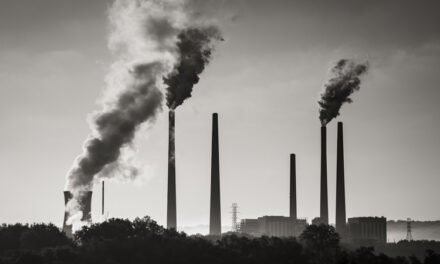The Amazon is in the throes of an unprecedented drought crisis that is poised to persist until at least mid-2024. The gravity of the situation is starkly evident in record-low water levels in the city of Manaus, a phenomenon not witnessed in 121 years of river-level records. This crisis is not merely environmental; it is a human and ecological catastrophe with far-reaching consequences.
Drying Up: The Disturbing Numbers
The city of Manaus, nestled within the Amazon, has witnessed the lowest water levels in 121 years of recorded history. The once-mighty Amazon River’s bed is laid bare across vast expanses, painting a stark picture of the severity of the drought. More than just a visual spectacle, this crisis has tangible consequences, with over 150 dolphins succumbing to the harsh reality of a lake where temperatures soared to a scorching 39°C—2°C above the human body’s natural equilibrium.
However, the impact extends beyond the animal kingdom. Human populations along the Amazonian rivers find themselves isolated, robbed of their livelihoods, and grappling with the absence of basic necessities. The confluence of three distinct drought types has thrust the entire Amazon region into an environmental triad, amplifying the challenges faced by local communities.
Triple Threat: El Niño and the Atlantic Dipole
- Eastern El Niño: Warm waters in the eastern equatorial Pacific Ocean have triggered an eastern El Niño, reminiscent of the formidable “Godzilla” El Niño of 2015. Hurricane Otis, a testament to the intensifying heat in the eastern Pacific, has far-reaching effects. From the northern Amazon to the southern reaches, record low water levels in tributaries like the Madeira River have disrupted electricity generation at Brazil’s fourth-largest hydropower plant, the Santo Antônio Dam.
- Central El Niño: The eastern Pacific’s heat is advancing to the central ocean, provoking a central El Niño akin to the impactful events of 1982 and 1997. This central El Niño spells disaster for the northern Amazon, particularly Roraima on Brazil’s border with Venezuela, infamous for devastating forest fires. The echoes of the “great Roraima fire” in 1997, consuming 1.25 million hectares of forest, serve as a haunting reminder.
- Atlantic Dipole: A “dipole” phenomenon, where warm water congregates in the North Atlantic while colder waters prevail in the South Atlantic, has ushered in drought in the southwestern Amazon. A recurrence of conditions witnessed in 2005 and 2010, the current Atlantic dipole is anticipated to linger until June 2024, leaving a trail of forest fires reminiscent of those that ravaged Acre in previous years.
The Human Role: A Call to Action
The unfolding crisis in the Amazon is not a mere act of nature; it is a consequence of human actions, primarily driven by global warming. As we navigate these turbulent times, the responsibility lies not just with governments but with each individual. The urgency of addressing climate change is underscored by the fact that the central Pacific’s return to “normal” temperatures is virtually nil until early 2024, with a 50% chance only by mid-2024.
The question arises: What needs to be done?
Global Emission Reductions: Immediate and drastic cuts in greenhouse gas emissions on a global scale are non-negotiable. Meeting targets outlined in international agreements such as the Paris Agreement is imperative to mitigate the intensification of climate events.
Brazil’s Role: As a guardian of the Amazon, Brazil’s role is pivotal. A reevaluation of policies promoting deforestation, including the proposed reconstruction of Highway BR-319, is critical. Additionally, curbing fossil fuel emissions is paramount to ensure a sustainable future for the Amazon.
Deforestation Policies: Efforts to combat illegal deforestation must be coupled with a reassessment of projects driving environmental degradation. Ceasing the legalization of land claims contributing to deforestation and reevaluating the construction of new roads are essential steps in the right direction.
In the face of this ecological crisis, the time for action is now. The fate of the Amazon hangs in the balance, and the choices made today will reverberate for generations to come. It’s not just about saving a rainforest; it’s about preserving the very essence of our planet. The Amazon, with its unparalleled biodiversity and ecological significance, is a beacon calling for global unity and a collective commitment to safeguarding our shared home.










